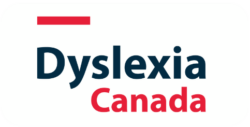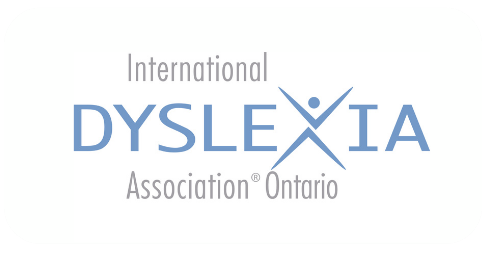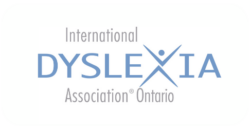The “Teaching TV: Television Techniques” lesson, a component of Elizabeth Verrall’s comprehensive five-part unit for elementary education, offers educators valuable insights for incorporating TV education in classrooms. By guiding students in creating their own media productions, the lesson imparts a practical understanding of how technology […]
Watching this webinar from PaTTAN, you will learn why summarizing has been identified through research as highly effective for developing comprehension and writing. It defines a quality summary and how it differs from retelling or paraphrasing. Practical suggestions for explicitly teaching summary writing based on […]
This book is an excellent, reader-friendly resource for kindergarten teachers and Early Childhood Educators. While infant and toddler development takes place before the Ontario curriculum kicks in, the authors are American. Their recommendations for preschoolers generally align with the age of our Year 1 kindergarten […]
In this book, the authors share background information on how writing develops, and a research base for three key elements: handwriting, spelling and composition. The following chapters provide practical classroom advice for teaching all three, including several chapters dedicated to genre-specific writing instruction: book reviews […]
This blog post by Joan Sedita of Keys to Literacy highlights the research behind creating specific product goals in writing, emphasizing that providing students with specific guidance on the task, audience, and purpose. A WAG template (Writing Assignment Guide) is provided, as well as completed […]
The ultimate goal of writing is communication, says Joan Sedita, founder of Keys to Literacy, who adds that teachers can help students struggling with transcription or spelling by using other strategies like dictation or drawing to help them develop their writing skills.
Joan Sedita, founder of Keys to Literacy, talks about how using “mentor texts” — short pieces of literature students can read and reread for specific learning purposes — can help students become better writers.
Motivating young writers is not always easy, says Joan Sedita, founder of Keys to Literacy, but some strategies include giving students opportunities to work collaboratively, encouraging students to write about topics that are meaningful to them, and teaching students the power of writing to an […]
Joan Sedita, founder of Keys to Literacy, talks about the four main stages of writing: thinking, planning, writing, and revising and the fact that the more time and effort students put into the first two stages and the last stage, the better their writing will […]
In this week’s episode, Kate chats with Dr. Steve Graham about all things writing. Dr. Graham highlights the importance of handwriting and spelling, and unpacks evidence-based strategy instruction to build strong writers.
This article highlights practical activities to support structured instruction of writing, including word-, sentence-, and paragraph-level techniques.
In this one-hour webinar, author and educator Joan Sedita explains the Writing Rope, a framework that integrates key elements of evidence-based writing instruction. The model includes critical thinking, syntax, text structure, writing craft, and transcription.




